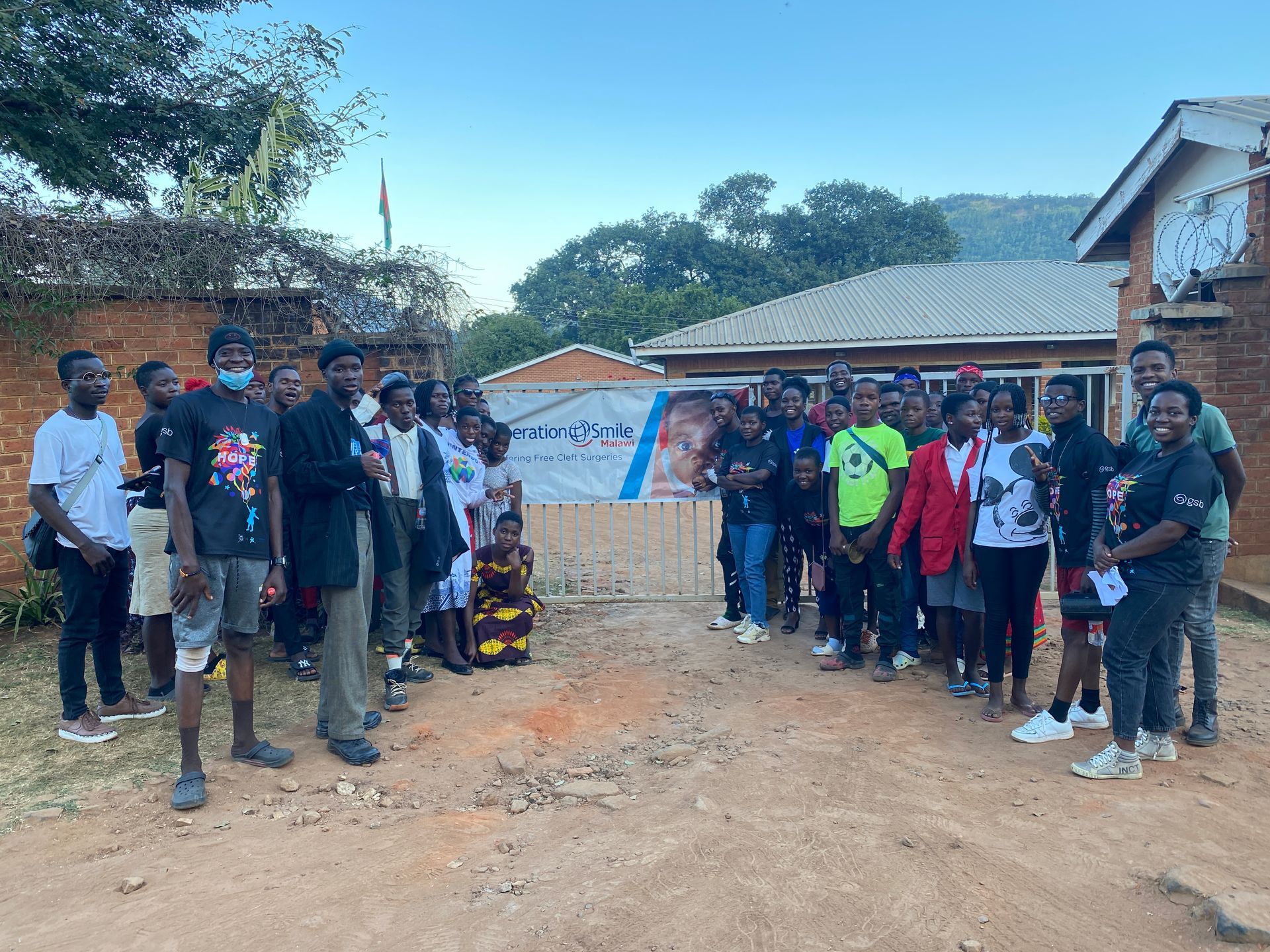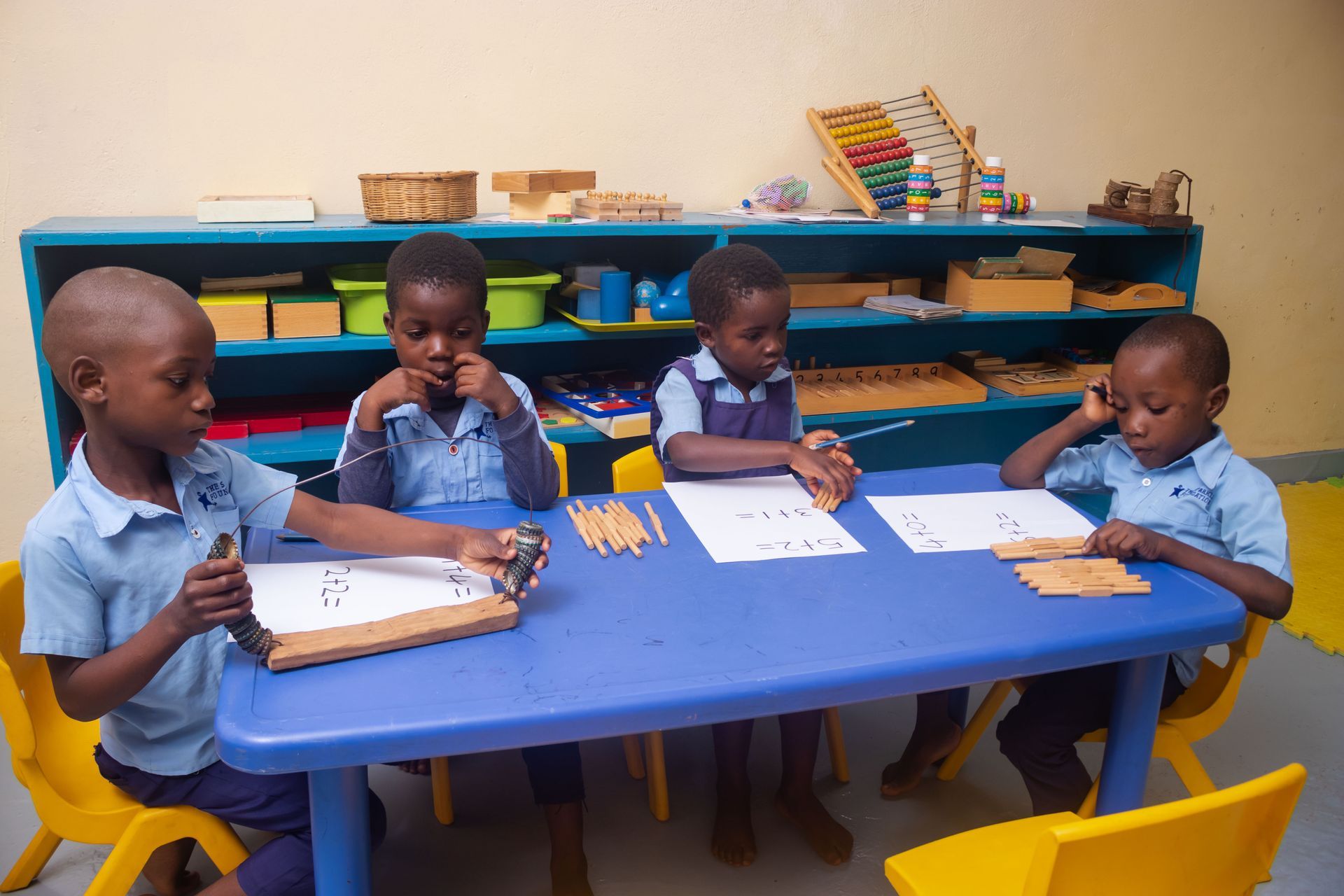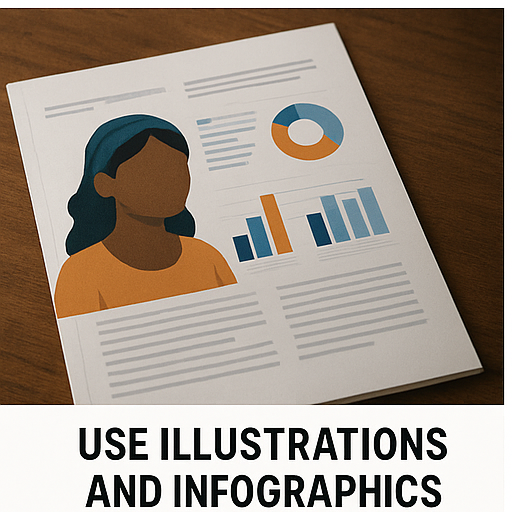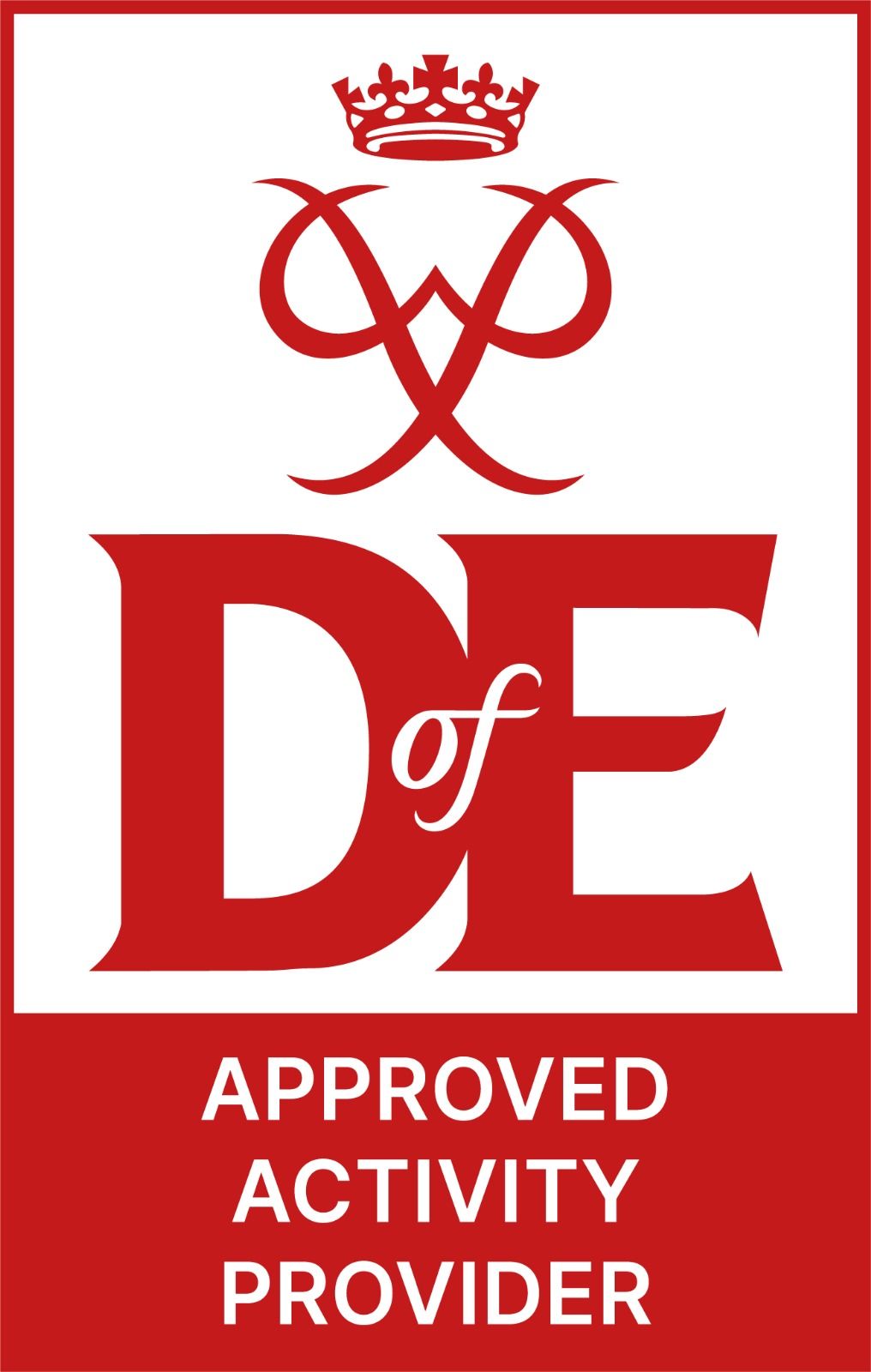The Power of an Image: Storytelling, Impact, and the Challenges of Ethical Photography
Storytelling, Impact, and the Challenges of Ethical Photogography
A single image can tell a story that words alone cannot. It can capture emotion, resilience, and transformation in a way that resonates deeply with donors, supporters, and the global community. In development work, images of beneficiaries provide powerful proof of impact—showing the real faces behind the statistics, the lives that have been changed, and the struggles that still remain.
But what happens when those images are missing? When cultural beliefs, personal privacy, or ethical concerns prevent photographs from being taken and shared? The reality is that many organizations working in rural communities face this challenge, and it has a direct impact on storytelling, fundraising, and awareness.
The Challenge: When Words Must Do The Work Alone
In many cultures, especially in rural communities, having a photo taken is not always accepted. Some believe that photographs capture more than just an image—they hold spiritual significance or personal power. Others simply do not want their faces shared publicly, fearing stigma, misunderstanding, or loss of dignity.
For organizations and volunteers striving to share the real impact of their work, this presents a dilemma. How do you convey the depth of someone’s journey without showing their face? How do you tell powerful, personal stories while respecting privacy? And most critically—how do you inspire action and raise funds when donors often want to see the direct impact of their contributions?
Why Images Matter In Development Work
- They create emotional connections – Seeing a child’s smile after receiving an education or a mother’s joy after gaining access to healthcare makes the impact real and relatable.
- They build trust with donors – Photos serve as evidence that projects are making a difference, reinforcing credibility and transparency.
- They help organizations stand out – In an era of digital content, compelling visuals grab attention and make stories memorable.
Without images, organizations must rely solely on written or verbal storytelling, which—while powerful—can sometimes struggle to capture the full emotional weight of a moment.
Navigating the Challenges: Ethical Storytelling in Rural Communities
So, how do organizations and volunteers working in sensitive cultural settings navigate these challenges while still telling impactful stories?
1. Prioritize Informed Consent
Before taking any photograph, it’s essential to explain why the image is needed, how it will be used, and to give individuals the choice to decline without pressure.
2. Explore Creative Alternatives
If showing faces is not an option, consider:
- Silhouettes or back-facing images – These can still convey powerful emotions while maintaining anonymity.
- Hands, feet, or meaningful objects – A photo of a woman’s hands weaving a basket, a child’s fingers gripping a pencil, or a farmer’s hands in the soil can tell a compelling story.
- Environmental storytelling – Instead of focusing on individuals, capture the setting: the classrooms, the clinics, the fields—places where transformation is happening.
3. Use Illustrations and Infographics
When photos aren’t possible, custom illustrations or infographics can help visualize impact without relying on actual images of beneficiaries.
4. Strengthen Written Storytelling
A well-crafted narrative can be just as powerful as a photo. Using descriptive language, real quotes, and vivid storytelling techniques can help paint a mental picture for supporters.
5. Engage the Community in Storytelling
Empower beneficiaries to tell their own stories in ways they are comfortable with, whether through audio recordings, written testimonials, or anonymous storytelling. When people feel ownership over their own narratives, they are more likely to participate.
Beyond the Image: Making Impact Visible in Other Ways
While images remain one of the strongest tools in storytelling, their absence does not mean the story cannot be told. Organisations can highlight impact through:
- Detailed case studies
- Video testimonials with blurred faces or voiceovers
- Before-and-after project descriptions
- Community-driven storytelling, where local leaders become the narrators of change
The Bottom Line
While a picture may be worth a thousand words, ethical storytelling is priceless. Development organizations must balance the power of visual storytelling with the dignity and rights of the people they serve. By finding creative solutions and respecting cultural sensitivities, we can still share powerful stories that inspire change—no camera required.









